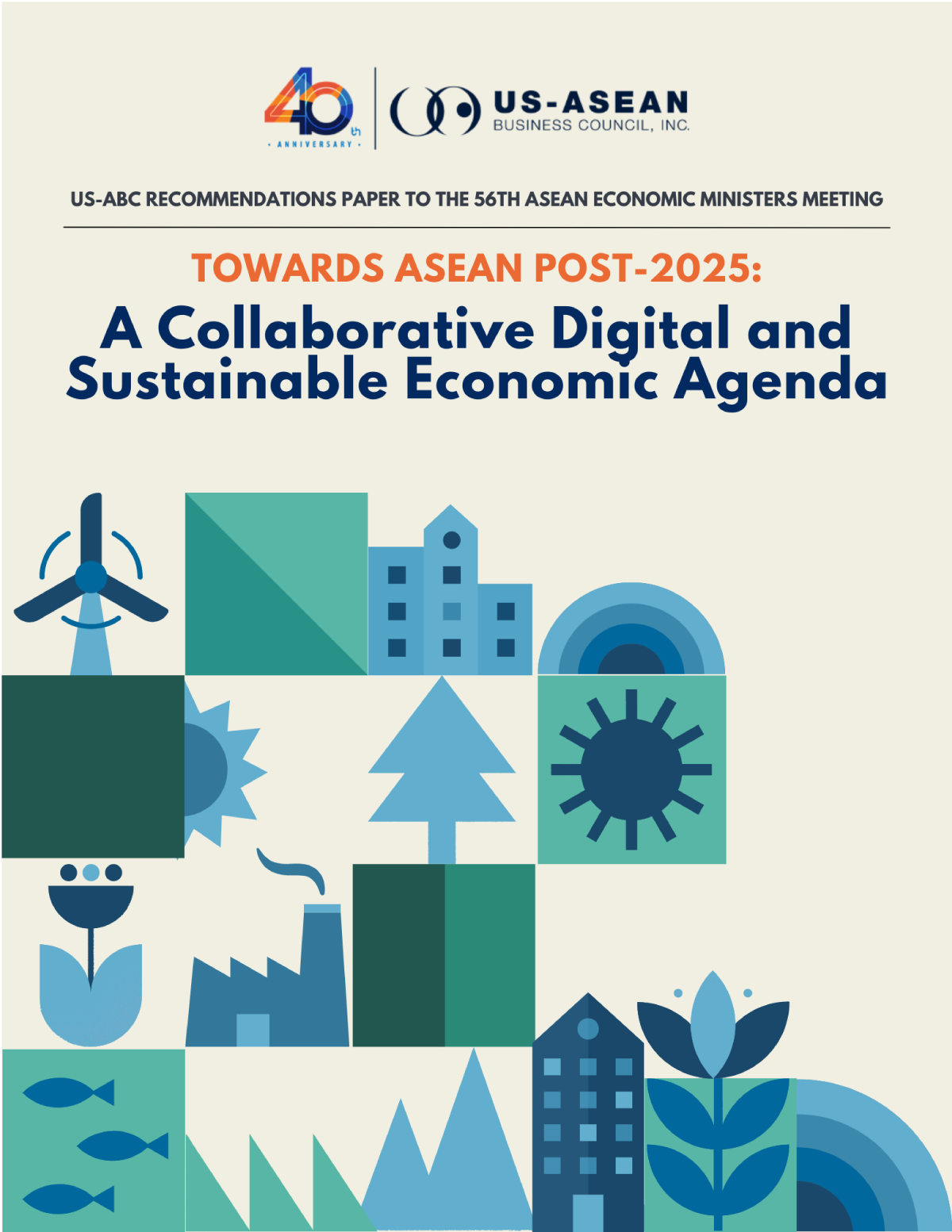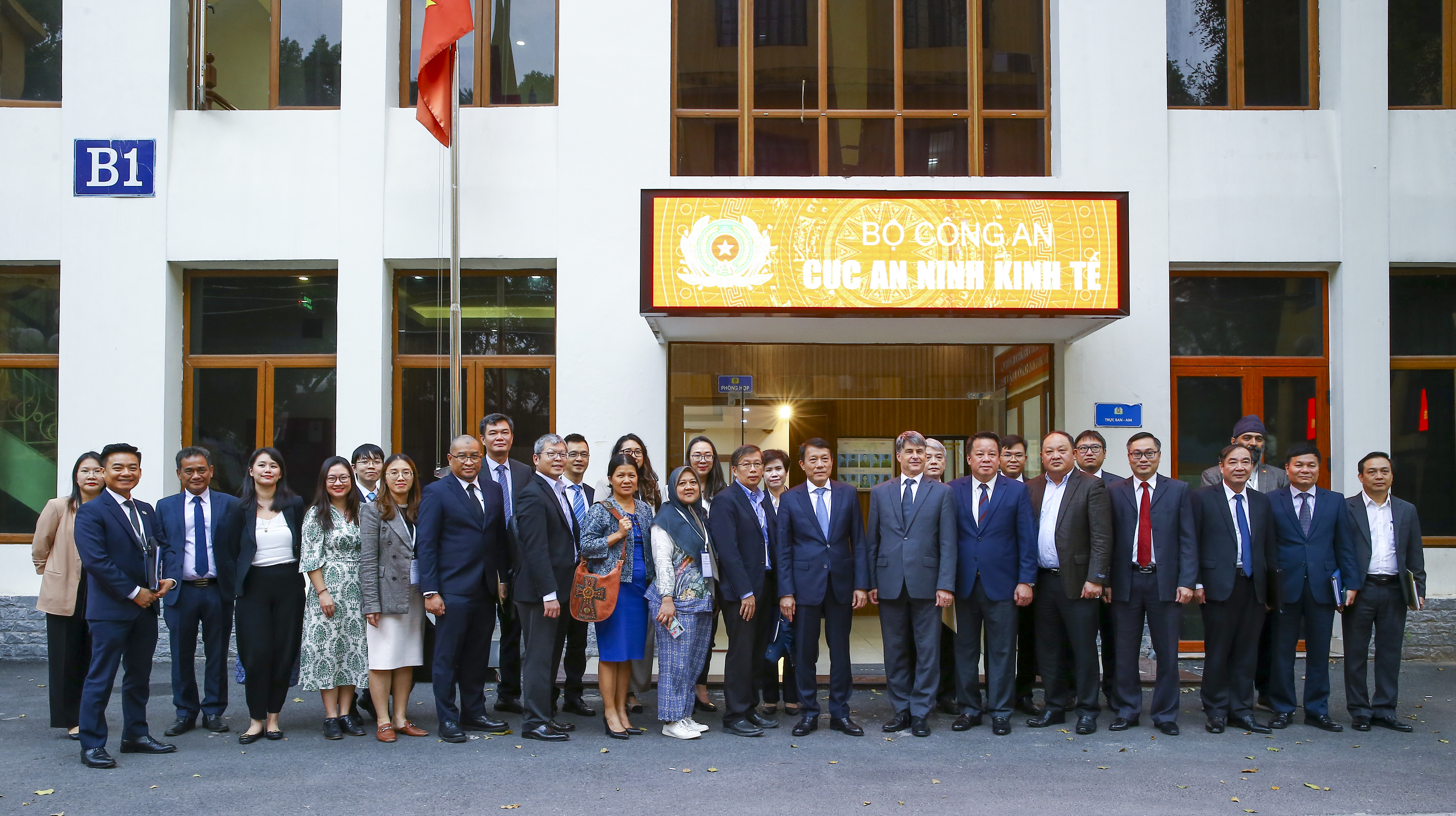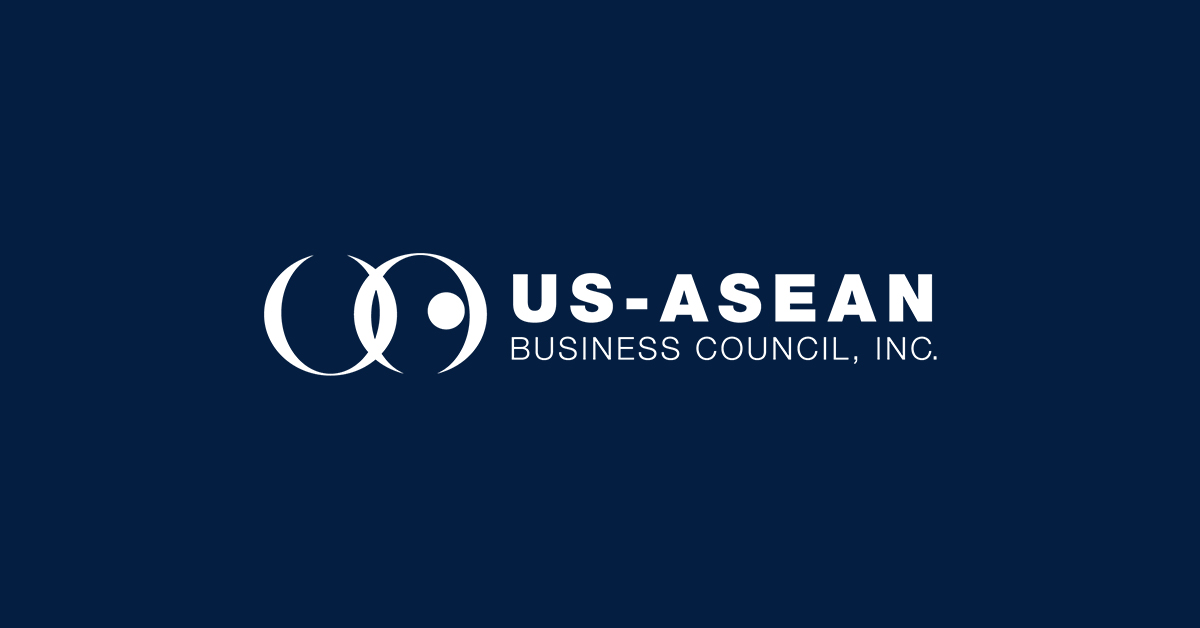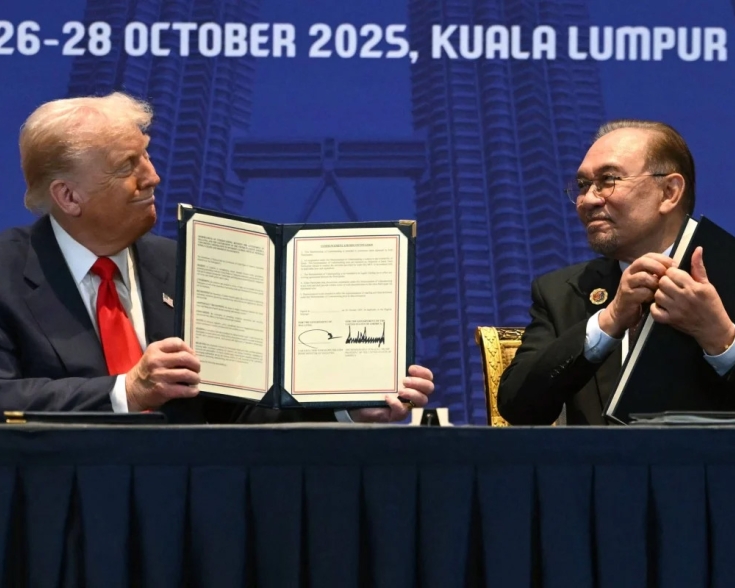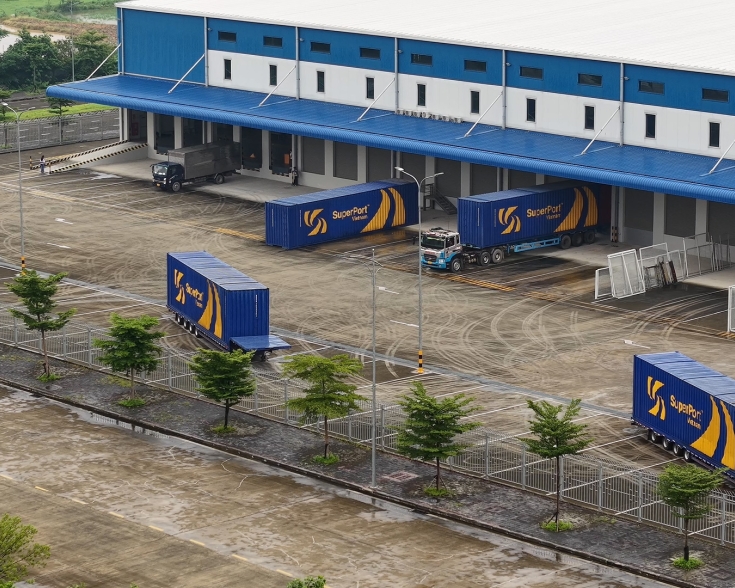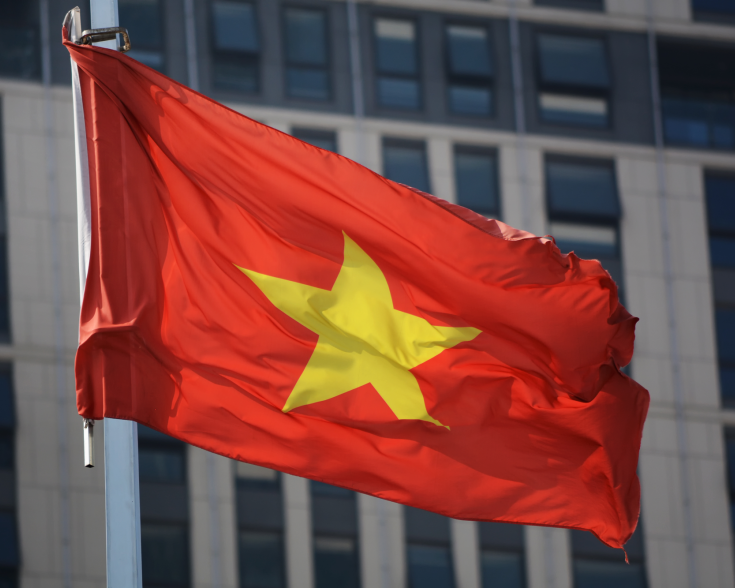Vietnam Accelerates Electricity Market Reform with Two-Tier Electricity Pricing
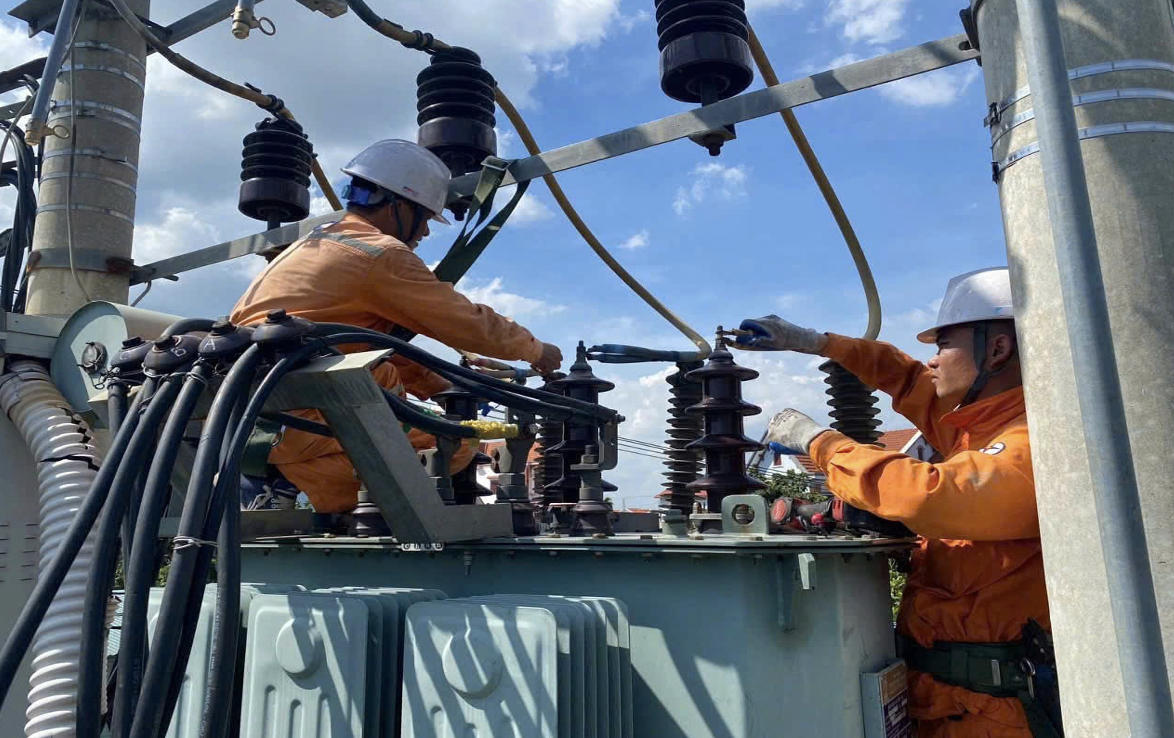
Vietnam is preparing a major shift in its retail electricity pricing, moving from a regulated, subsidized model to a market-driven framework that promotes more efficient use and long-term energy investment. The current single-tier tariff which is based solely on energy consumption has proven insufficient to meet national energy goals. It lacks transparency, discourages investment in diversified energy sources, and contributes to financial losses for the state-owned utility Vietnam Electricity (EVN), whose production costs often exceed regulated selling prices.
Central to this reform is the introduction of a two-tier pricing mechanism, though the full implementation timeline remains under development. Unlike the existing single-tier tariff, which calculates costs based solely on electricity consumption, the new mechanism incorporates charges for both registered capacity and actual energy usage. This dual structure aims to reflect the true cost of electricity supply, including infrastructure maintenance, grid operations, and power generation.
The government is urging EVN to finalize the nationwide rollout of the two-tier electricity pricing mechanism following a successful pilot phase. On September 9, Minister of Industry and Trade Nguyễn Hồng Diên directed that the mechanism be first applied to high-consumption customers starting January 1, 2026. During the transition period until the end of 2025, two parallel bills will be issued: one based on the current pricing mechanism for actual payment, and one based on the two-tier mechanism for customer reference, enabling them to adjust their consumption behavior ahead of formal implementation.
According to EVN’s proposal, the initial subjects of the application are large industrial customers consuming 200,000 kWh per month, connected at 22 kV or above. These are the customers eligible for the direct power purchase agreement (DPPA) mechanism under Government Decree 80/2024/ND-CP. Approximately 7,000 enterprises fall into this category. Residential customers are not included in the initial rollout due to the need for upgraded metering infrastructure.
This initiative forms a core part of Vietnam’s broader energy reform agenda under Politburo Resolution 70-NQ/TW, issued August 28, 2025. The Resolution sets a long-term strategy for energy security through 2030, with a vision to 2045, prioritizing renewable and clean energy, fostering a competitive electricity market, and mobilizing investment across sectors. It marks a strategic turning point, outlining an ecosystem-wide shift, from traditional sources to advanced technologies like hydrogen, green ammonia, and small modular nuclear reactors (SMRs). It also calls for unlocking the competitive power market through early implementation of direct power purchase agreements between generators and large customers, supported by transparent, long-term contracts to safeguard investor interests.



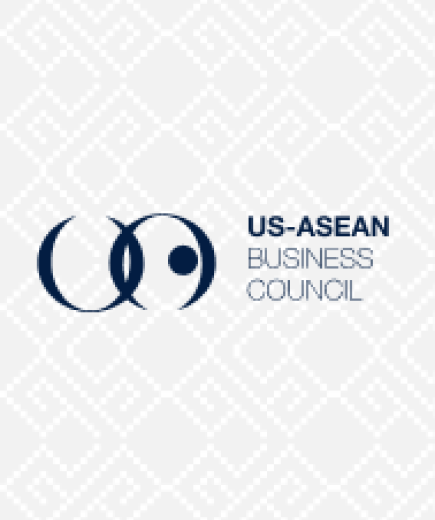
![Cover-[USABC-Final]-Driving-ASEAN-Unity-Malaysia's-Vision-for-2025](/sites/default/files/2025-07/Cover-%5BUSABC-Final%5D-Driving-ASEAN-Unity-Malaysia%27s-Vision-for-2025.jpg)
